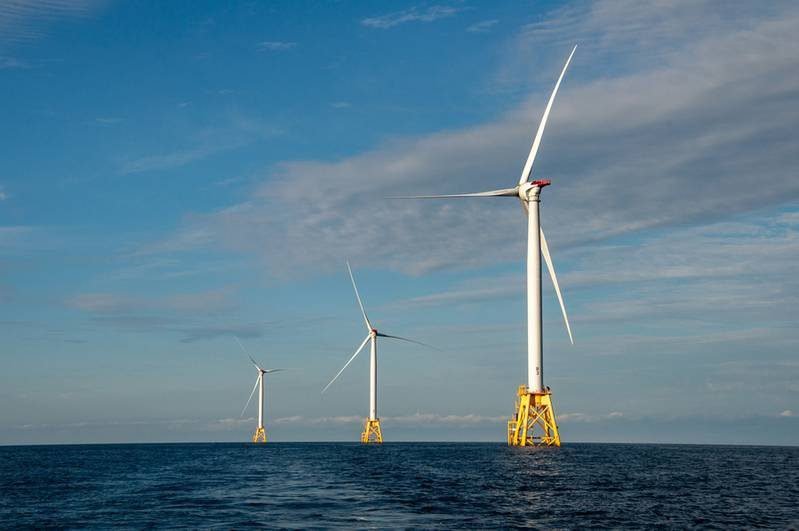Engineers at MIT have developed a groundbreaking physics-based model that accurately represents the airflow around rotors, even under extreme conditions. This model is crucial for improving rotor design and wind farm layout and operation. Published in Nature Communications, the study was led by MIT postdoc Jaime Liew, doctoral student Kirby Heck, and Assistant Professor Michael Howland. Traditional rotor design is based on century-old aerodynamics principles, with correction factors added based on empirical observations. Howland explains that their new theory for rotor aerodynamics can accurately determine forces, flow velocities, and power, whether the rotor is extracting or applying energy to the airflow.
The team arrived at their new model by analyzing airflow and turbine interactions through detailed computational modeling of aerodynamics. They discovered significant discrepancies in the original model’s assumptions about air pressure behind the rotor. This led to the development of a unified momentum model, validated through computational fluid dynamics modeling. The researchers are further validating the model through wind tunnel and field tests, with applications extending to propellers for aircraft, ships, and hydrokinetic turbines.
The new theory, available as mathematical formulas or open-source software, provides a revolutionary approach for optimizing wind turbine power output. Until now, operators, manufacturers, and designers lacked a comprehensive theory for predicting power output changes in response to operational adjustments. Howland and his team’s work not only fills this gap but also offers insights into improving wind farm performance by strategically misaligning turbines. Supported by the National Science Foundation and Siemens Gamesa Renewable Energy, their research represents a significant advancement in rotor aerodynamics.







